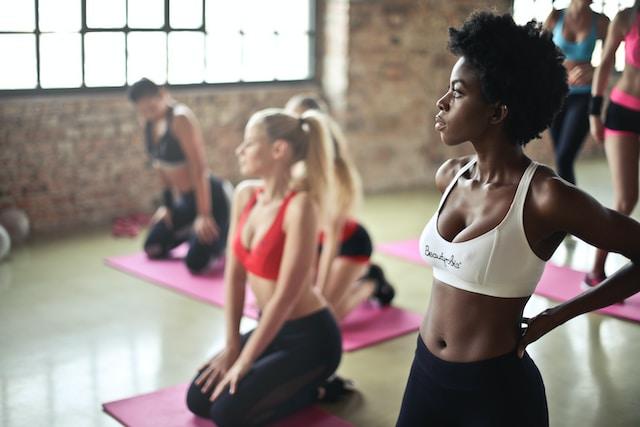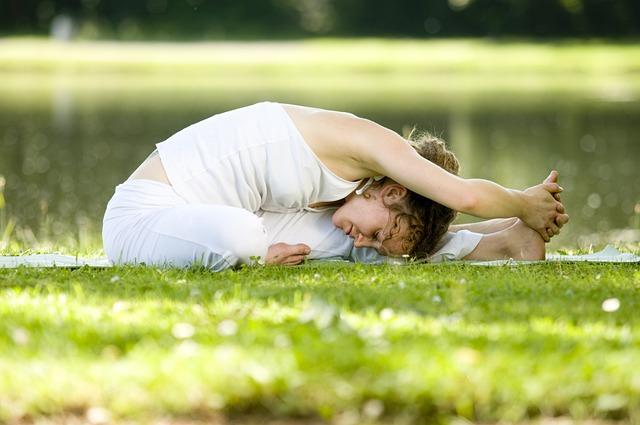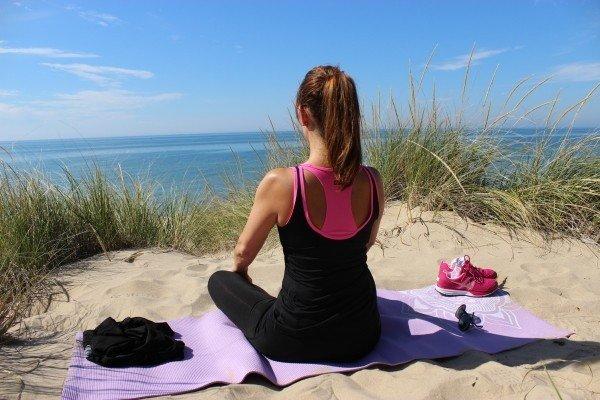Have you ever heard the word Pilates? This word may not be foreign to you, but sounds familiar due to its popularity. Pilates is a low-impact exercise with various benefits such as strengthening muscles and improving coordination and postural flexibility. The movement trains the whole body and involves a lot of core muscle strength.
The training methods involved are diverse. Some use mats and some utilise special tools, such as reformers to Cadillacs. This method is aimed at education, awareness, and body balance, so it is suitable for everyday life and professional use. Its application is extensive, ranging from pre and post-operative care to the physical conditioning of athletes.
Today, Pilates is an activity that has spread all over the world. It gained fame due to the publicity it received when world-famous celebrities such as Sarah Jessica Parker, Jennifer Aniston, and Uma Thurman decided to practice it openly. Are you interested to know more about how it all started? Read on to find out about the origins and history of pilates!

How did it all Begin?
Joseph Hubertus Pilates was born in 1883 near Dusseldorf, Germany, to a father who was a gymnastics champion and a mother who believed in natural healing. Despite suffering from various illnesses as a child, including rickets, asthma, and rheumatic fever, Pilates was determined to overcome them and became skilled in bodybuilding, gymnastics, diving, and other physical activities. He studied both Eastern and Western forms of exercise and was strongly influenced by ancient Greek and Roman practices.
Pilates also studied yoga and it is believed to have inspired his method as he indicated in his writing of his intention to unify mind, body and spirit. If you are interested to find out the differences between Pilates and Yoga, click here!
In 1912, Joseph Pilates made a trip to England. However, the First World War broke out which resulted in Pilates and other German nationals being placed in a camp on the Isle of Man. During his internment, Pilates became interested in observing cats chasing mice and birds. Although he initially watched the animals out of boredom, his perspective shifted from amusement to a more scientific understanding. Pilates' observation of the animals' movements would soon become a deeper study of their activities.
As he watched the cats on the island chase their prey, he noticed that their agility was partly due to frequent stretching. This observation led him to develop exercises stretching human muscles and increasing agility. He also created devices to help reinforce key positions and stretches. Pilates tested his methods on himself and saw positive results, which convinced other inmates to try his techniques. The Pilates method was born as they also saw improvements in their abilities.
The Birth of Contrology
Following the war, Pilates returned to Germany, intending to pursue his interest in diverse physical exercises. He briefly served as a physical trainer for the Hamburg military police, concentrating on self-defense and other forms of exercise. Subsequently, he received an invitation from the German government to train the newly established German Army. Being aware of the potential consequences, he opted to immigrate to America before the onset of World War 2.
Upon arriving in New York, Joseph and his wife Clara established a fitness studio in Manhattan. Drawing on his experiences during his captivity, he developed a system of rehabilitative exercises that sought to achieve a harmonious balance between the mind and body. Originally known as "Contrology," this series of exercises aimed to encourage people to incorporate regular physical activity into their daily routine to promote optimal physical and mental well-being. Contrology was one of the pioneering forms of recreational exercise in its early days, well ahead of the modern concept of going to the gym.
When Joseph introduced his innovative Contrology system to the public, it was immediately recognised as a groundbreaking approach. He expressed confidence in his method in his initial promotional brochure, asserting that "all new ideas are revolutionary."

The Growth of Contrology in New York
Joseph Pilates, who had moved to Manhattan with his wife Clara, further improved his Contrology techniques and homemade fitness equipment. He spent his career creating over 600 exercises for the Mat and various apparatuses he had invented, including the Cadillac, Wunda Chair, Reformer, and Spine Corrector.

Pilates believed working out the entire body simultaneously, rather than targeting specific muscles, was the key to achieving optimal health. His guiding philosophy centred around this principle.
Initially, Contrology was popular mainly among dancers from the New York City Ballet who frequented the Body Contrology Studio on Eighth Avenue. Among the early practitioners of Pilates were renowned figures such as George Balanchine, a Russian-born ballet choreographer, and Martha Graham, who made significant contributions to modern dance.
After the success of his Contrology system, Joseph Pilates wasted no time presenting his exercise method to the renowned dance duo. Despite the risk, they entrusted their ballerinas to Pilates' home studio for rehabilitation. The ballerinas showed remarkable resilience after Pilates' treatments, and news of his revolutionary system quickly spread, attracting Hollywood celebrities to try it. This led to the widespread adoption of the practice.

The Evolution of Contrology to Pilates
In 1932, Pilates authored a booklet titled 'Your Health' and later published another one called 'Return to Life Through Contrology' in 1945. He passed on his method through these writings and to his students after his death in 1967. The method was known as Contrology during his lifetime, but only after his death did it become known as the Pilates Method.
Although Joe is credited with developing the method, his wife Clara played a crucial role in teaching it to apprentices in the studio. According to the "Pilates Elders," a group of people who trained directly in the first New York Studio, Clara was the nurturing force behind Joe, and she established the tradition of adapting the Pilates Method to suit clients' individual needs.
Over time, the Pilates Method has gradually changed and incorporated current bio-mechanical knowledge, including modern equipment. However, the technique's origins are rooted in the philosophy and movement patterns created by Joseph Pilates over 90 years ago. The original core method is still taught alongside an updated version integrating modern anatomical and bio-mechanical understanding.
Since Pilates established his studio, the popularity of the Pilates Method has been on a steady rise. It has become a global phenomenon with more than 12 million practitioners, which is continuously increasing because of its effectiveness and flexibility. Pilates is suitable for all, including men, women including those who are pregnant and children.
Click here to check out Basic Pilates Exercises!
Basic Principles of Pilates
Pilates is well-known for not only strengthening the core but also for its six guiding principles. Surprisingly, Joseph Pilates, the creator of the method, did not actually write these principles. His students developed them and condensed his theories into six basic ideas to make the technique more understandable for future students. As a result, there is some discussion within the Pilates community about the names and quantity of these principles. Nevertheless, most instructors accept the six fundamental concepts of Pilates, even if different terms occasionally refer to them.
Whether you're using Pilates equipment such as the reformer or Cadillac or working out on a mat, these fundamental principles imbue each exercise with purpose and depth of expression:
- Centring: This involves focusing on the centre of the body, the "powerhouse" area between the lower ribs and pubic bone, and using this as an energy source for Pilates exercises.
- Concentration: By giving your full attention and commitment to each movement, you'll derive maximum benefit from it.
- Control: In Pilates, every exercise requires complete muscular control, with no body part left to its own devices. Every movement is a conscious and deliberate action that is controlled by the mind.
- Precision: In Pilates, there is a constant awareness of each movement, ensuring that each body part is positioned precisely, aligned correctly with other parts, and moving along the correct path.
- Breath: Joseph Pilates emphasised using deep, full breaths in his exercises, likening the lungs to bellows. Proper breathing is integral to Pilates exercises and should be coordinated with each movement.
- Flow: Pilates exercises are characterised by their fluidity, grace, and ease, with the energy of each movement connecting all body parts and flowing evenly throughout the body. Pilates equipment such as the reformer can reveal any loss of control or flow, as they tend to make noise and behave mechanically when proper form is not maintained.
Are you interested to learn Pilates? Why not use Superprof to find the perfect Pilates instructor for you? Many Superprof tutors provide the initial hour of tutoring without charge, allowing you to explore various Pilates styles and determine which suits you best. You can use these complimentary sessions to sample potential instructors before choosing the best one.
In case you need clarification on a tutor, you can read the feedback given by their past students. However, the simplest way to evaluate whether they're as competent as their profile suggests is by attending a lesson with them.
























